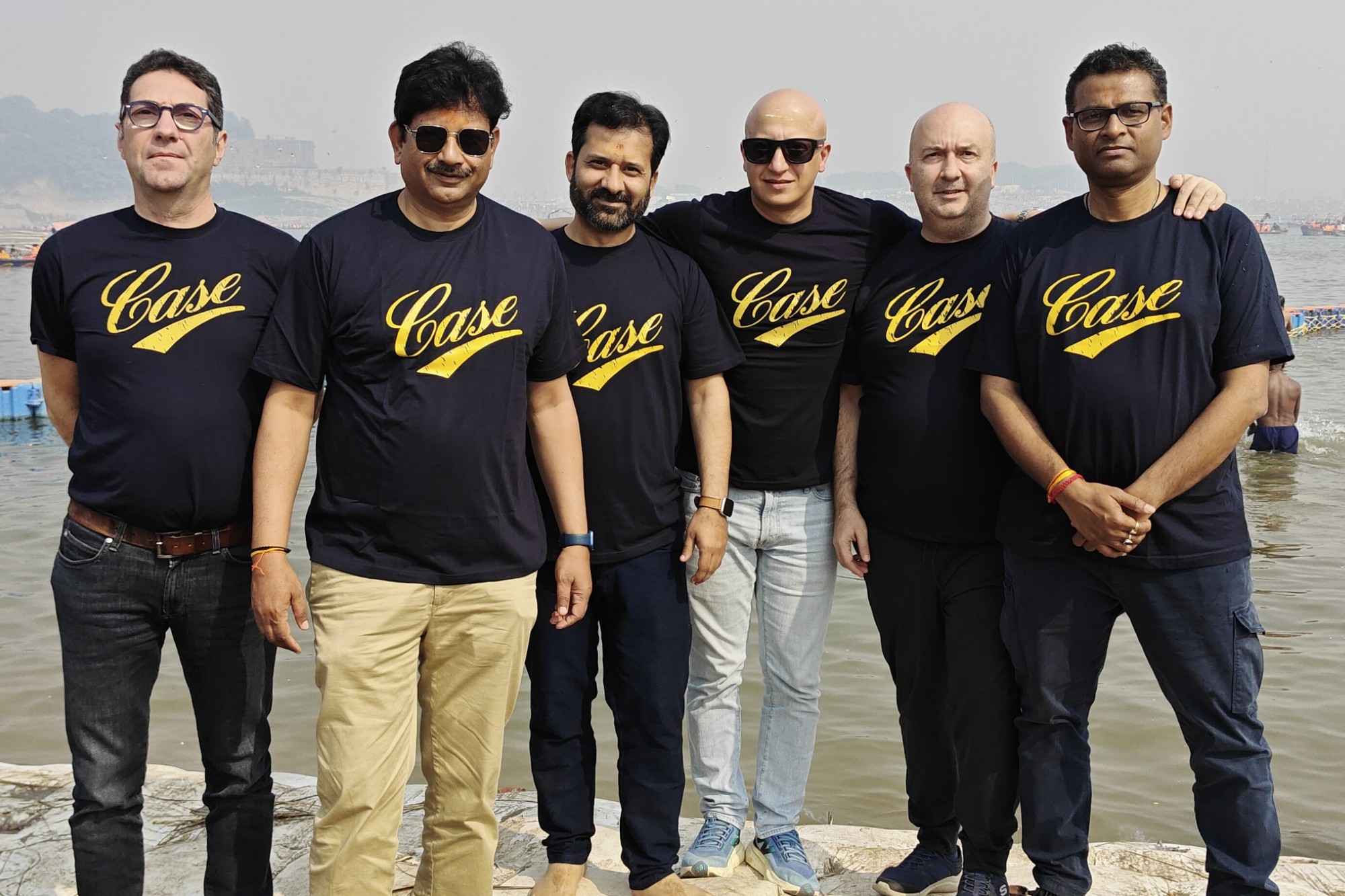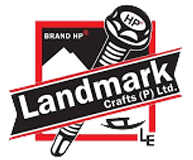WIRTGEN: Key impact of cold milling machines on road rehabilitation quality
By Edit Team | December 2, 2019 4:54 am SHARE

Cold milling is one of the first measures taken when a roadway or traffic area needs to be rehabilitated. The condition of the milled surface has a key impact on the quality of the new surface courses, their service qualities and on the economical and efficient execution of the other construction measures.
An evenly milled surface, true to line and level, is a crucial factor when it comes to paving surface courses of uniform thickness and avoiding costly correction measures in the form of asphalt leveling courses.
Market-driven innovations for all applications
Wirtgen offers the most extensive line-up of cold milling machines in the industry, with milling widths of 14 mm to 4.40 m. Customers can choose from over 30 different machine types, each also available with a variety of milling widths. The lower performance class starts with the small 45-kW milling machines and extends through compact machines with engine outputs of between 257 and 298 kW to large milling machines in the upper performance class offering power reserves of up to 753 kW. The high level of customer-oriented design expertise guarantees market-driven innovations. The new solutions developed at the brand headquarters in Windhagen are founded on practical know-how and core competencies in leveling, control and cutting technology.
Always on the level
One of the decisive factors in milling a surface true to line and level is precision leveling. The purpose of leveling is to regulate the milling depth and slope automatically and as precisely as possible based on a reference line. In the field, it has become standard practice to copy an existing surface by scanning a reference line.
But teamed with a wide range of sensors, the Wirtgen Multiplex leveling system can do much more than simple copying. Three sensors on each side of the machine scan the height at wide intervals along the same reference line. The automatic leveling system averages the three measurements to create a perfectly even milled surface, while meeting the target milling depth. This is a highly effective way of leveling out longitudinal undulations. What is more, defined surface profiles can be created, such as specified cross slopes or crowns.
Completely new surface profiles can be created by means of 3D milling. A new digital surface profile generated on the computer can be transferred directly to the Wirtgen cold milling machine using 3D leveling systems. Increased quality and cost-effectiveness are major benefits offered by 3D milling technology.
Milling layers separately, recycling economically
The progressive automation of technical processes, in particular, plays a key role in optimizing the milling result. To achieve optimum results, the leveling parameters for the respective machine are saved, linked to the LEVEL PRO automatic leveling system and retrieved during the working process. Nowadays, the widest variety of pavement layers are removed and separated in highly selective processes. The removal of problematic construction materials is possible, as is the standard separation of premium-quality surface courses with a high bitumen content, or the removal of road markings prior to the actual separate milling of the asphalt courses. The surface, binder and base courses can be returned separately to the material cycle, increasing the sustainability of RAP recycling.
Selective milling does not entail significant time disadvantages. Due to the shallower milling depth, the cold milling machines work more quickly when removing the individual layers than when removing the complete pavement at maximum milling depth in a single pass. Milling off surfaces in two or three layers can sometimes be just as fast – in some cases even faster – than complete pavement removal, depending on the type of machine and pavement and on ambient conditions. Modern cold milling machines also have been specifically tuned to typical selective milling.
Cutting technology: A wide range of efficient applications
The powerful “heart” of the cold milling machine – the milling drum assembly with all the cutting technology components – also has a critical bearing on the quality, costs and performance of the milling process. Here too, as technology leader Wirtgen is continually developing cost-efficient solutions. Different milling drums support a wide range of milling applications on different road surfaces.
The standard milling drums, for example, offer tool spacings of 12 mm, 15 mm or 18 mm. Fine milling drums usually have a tool spacing of 8 mm; in micro-fine milling drums the tooling space is 6 mm. The ECO Cutter milling drums developed by Wirtgen are designed for maximum milling output. They can even mill extremely hard materials such as concrete or rock cost-efficiently.
Cold milling machines are also frequently used to dig trenches for pipelaying or, when fitted with a deep milling unit and narrow cutting wheel, to mill slots. In short, the range of applications is immense.
Precise specification of the required quality
“Modern cold milling machines have a significant influence on the quality and cost-effectiveness of the overall rehabilitation measure,” explains Bernd Holl, Product Manager for Cold Milling Machines at Wirtgen GmbH. The possibilities offered by cold milling are now also gaining recognition from public contracting authorities, which means that new tender documents are now required. Throughout Europe, public authorities and milling service providers, milling associations and manufacturers of cold milling machines are currently collaborating on the formulation of new tender documents for cold milling.
“Precise details in tender documents enable the milling companies to tailor their bids to meet the requirements. Key details include, for example, the precise milling depth, the number of manholes and road fittings, as well as the number of individual milling operations. The more precise the invitation to tender, the more binding the bids submitted by milling service providers,” explains Bernd Holl.
For further information Please Visit
http://www.wirtgen-group.com/india
Cookie Consent
We use cookies to personalize your experience. By continuing to visit this website you agree to our Terms & Conditions, Privacy Policy and Cookie Policy.






































































